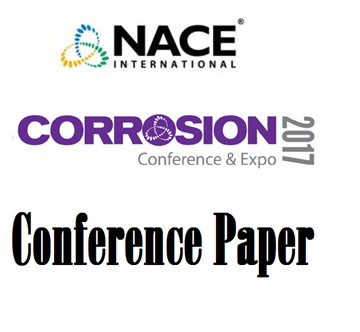The objective of this research was to determine the resistance of frequently used sealing materials such as EPDM, FKM, FVMQ, CR, CSM, IIR, NBR, PA, PUR and VMQ in aged biodiesel and heating oil B10 with 10 % biodiesel.
Product Number:
51317--8847-SG
ISBN:
8847 2017 CP
Author:
Margit Weltschev
Publication Date:
2017
$0.00
$20.00
$20.00
Vulcanized rubber plates of FKM (fluorocarbon rubber), FVMQ (methyl-fluoro-silicone rubber), EPDM (ethylene-propylene-diene rubber), CR (chloroprene rubber), CSM (chlorosulfonated polyethylene), NBR (acrylonitrile-butadiene rubber), IIR (butyl rubber), VMQ (methyl-vinyl-silicone rubber), PUR (polyester urethane rubber) and additional plates of PA (polyamide) were used for the exposure tests.
At least five test specimens of each elastomer (Figure 1) were cut out of the plates with the following dimensions according to DIN 53504.
Materials compatibility is a major concern whenever the fuel composition is changed in a fuel system. The question arises of whether sealing materials are resistant to fuels with biodiesel (rapeseed oil fatty acid methyl ester).The objective of this research was to determine the resistance of frequently used sealing materials such as FKM (fluorocarbon rubber) FVMQ (methyl-fluoro-silicone rubber) VMQ (methyl-vinyl-silicone rubber) EPDM (ethylene-propylene-diene rubber) CR (chloroprene rubber) CSM (chlorosulfonated polyethylene) IIR (butyl rubber) PA (polyamides) NBR (acrylonitrile-butadiene rubber) and PUR (polyester urethane rubber) in aged fuels and heating oil with admixtures of biogenic substances such as biodiesel and B10 (heating oil with 10% biodiesel).The mass tensile strength and breaking elongation of the test specimens were determined before and after exposure for 84days in non-aged one-year two-year three-year and four-year aged biodiesel and B10 according to DIN53504 – “Testing of rubber - determination of tensile strength at break tensile stress at yield elongation at break and stress values in a tensile test”. The visual examination of some elastomer test specimens clearly showed the great volume increase until breaking or partial dissolution. The Shore hardnesses A and D (for PA) were determined before and after exposure of the test specimens in the biofuels for 42days according to DIN 53505 – “Testing of rubber – Shore A and Shore D hardness test”. A threshold for the reduction in tensile properties and Shore hardness is not set in the international standards. Therefore a threshold of 15% was set for the evaluation of the compatibility. Biodiesel fuels are easily oxidized and contain acids and water. The age of the biodiesel was not relevant for the sealing materials CR CSM EPDM IIR and NBR which were generally not resistant to biodiesel. FKM and PA showed high compatibility in non-aged one-year two-year three-year and four- year aged biodiesel which was attributed to the absence of polarity. The decrease in tensile properties and Shore hardness increased with the age and the temperature of the biodiesel but the measured values were still lower than the defined threshold. FKM and FVMQ absorbed much less non-aged and aged B10 and swelled less. CR CSM EPDM IIR NBR and VMQ were not resistant to B10 at all at 20°C 40°C and 70°C as the decrease in the tensile properties was significantly over 50%.FVMQ and PA could be evaluated as resistant in non-aged and aged B10 at 20°C and 40°C whereas FKM was resistant up to 70°C despite the age of the B10. The damaging impact of B10 increased with the age and the temperature.
Key words: sealing materials, compatibility, aged biodiesel, heating oil with 10 % biodiesel, tensile properties and Shore hardness




